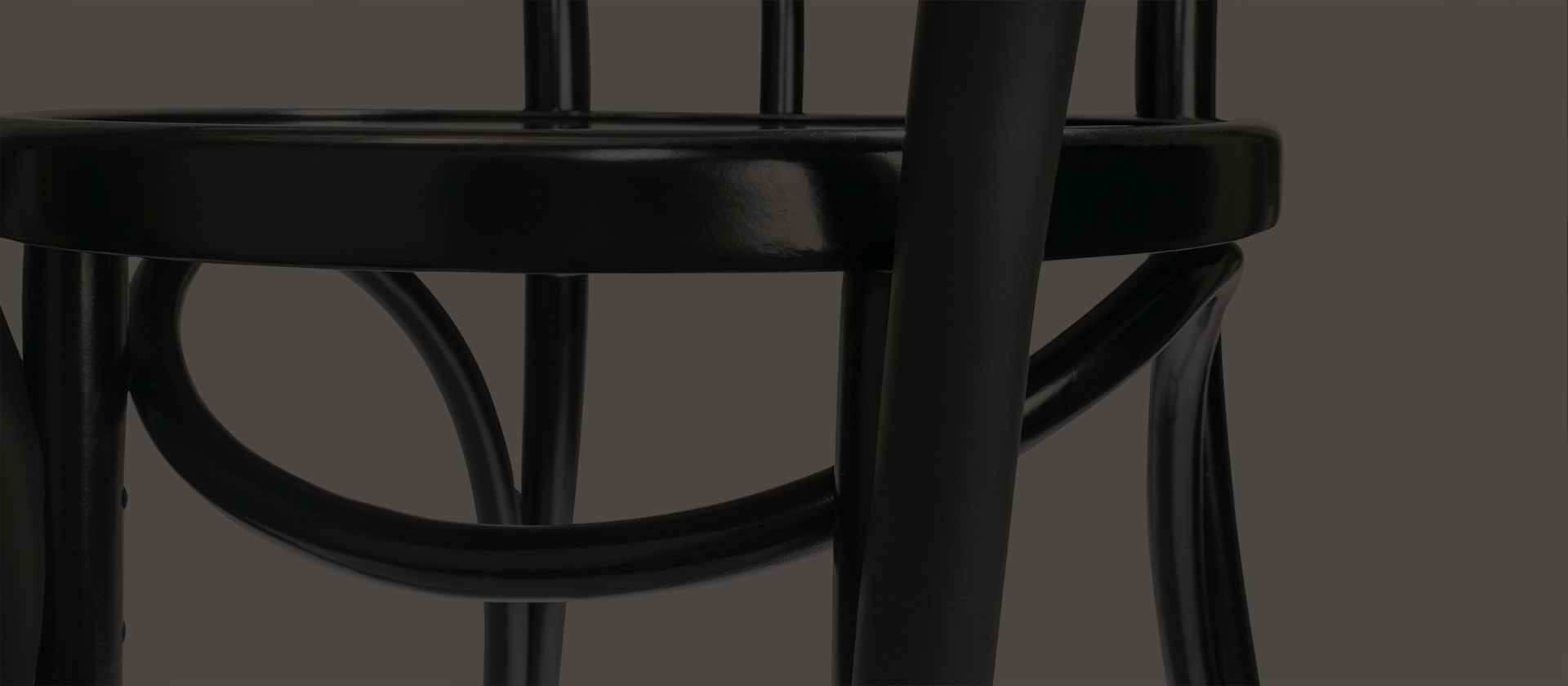Soft Thonet
Brief: This was an industrial design project. The requirement for the project was to turn an ordinary object into something extraordinary.
Solution: A supportive armrest to ease the process of getting in and out of the dining chair for people with limited mobility.
Recognition: Selected as part of Cooper Hewitt exhibition of student projects proposing design solutions to improve accessibility or inclusion.
Individual project
Duration: 3 months
Define the problem
––––
I started the project by observing people and their activities in my daily life.
Through the contextual inquiry, I found that many people, especially the elderly, encounter a limit in dexterity and mobility. These people often need some form of support to ease their daily activities. For example, a senior may rely on a strong armrest to get in and out of a dining chair. However through my observation, I found that a lot of the dining chairs in our daily life are not friendly to these users who need extra support.
How might the design enhance the experience of getting in and out of dining chairs for users with limited mobility?
My Design
––––
Easy access to the chair
A foam-covered armrest that blends seamlessly with the classic lines of a Thonet bentwood chair to create a comfortable and aesthetically pleasing adaption that allows for improved stability for users getting in and out of the chair.



